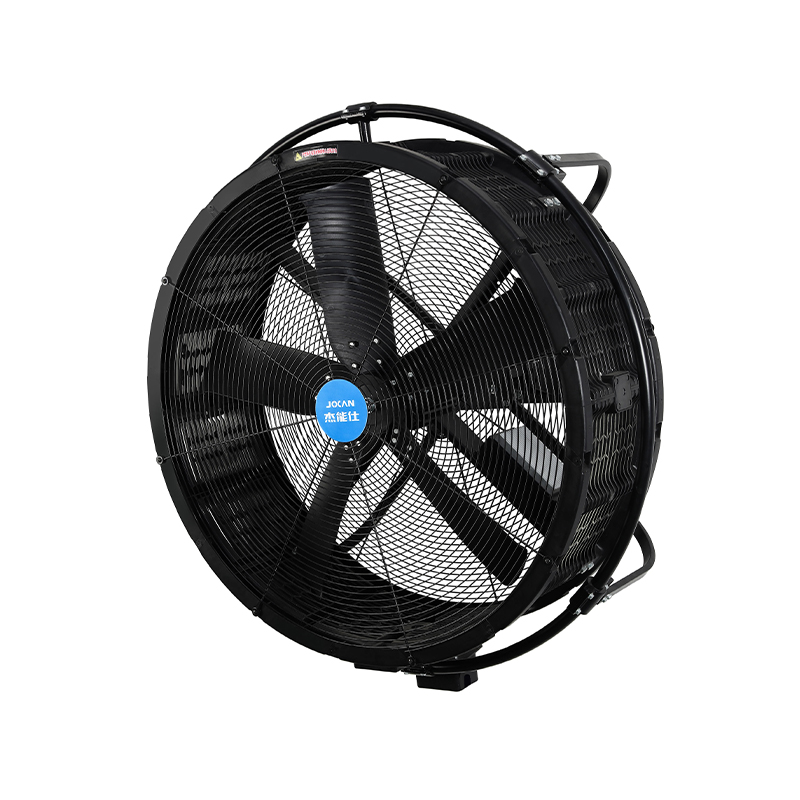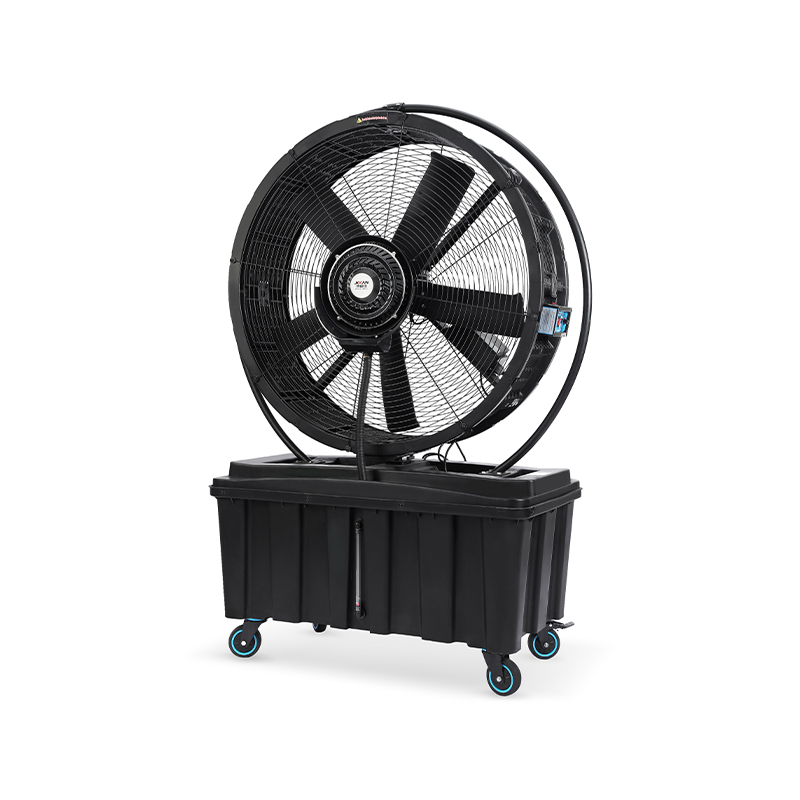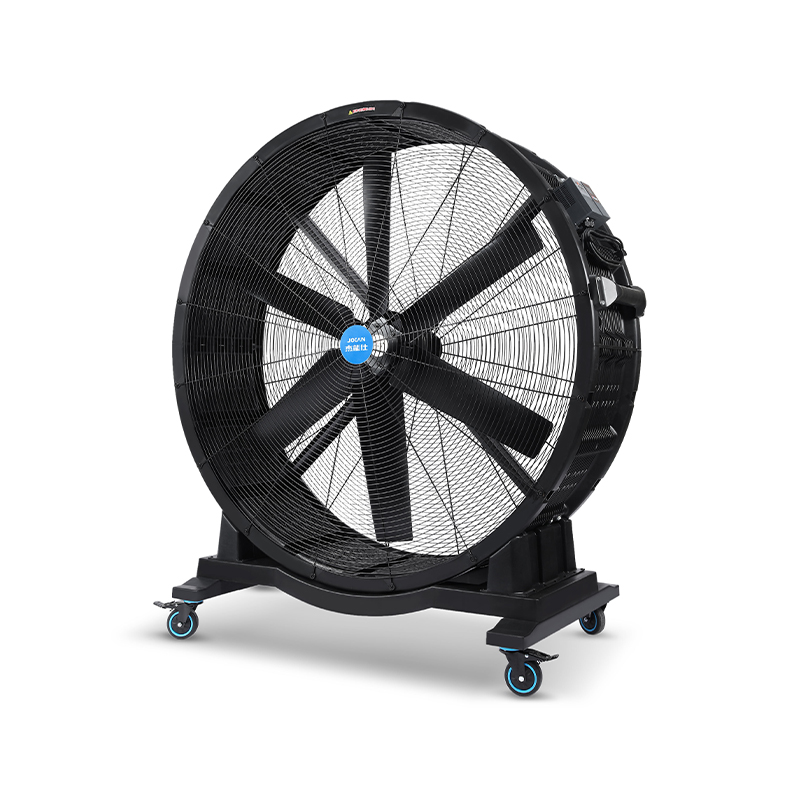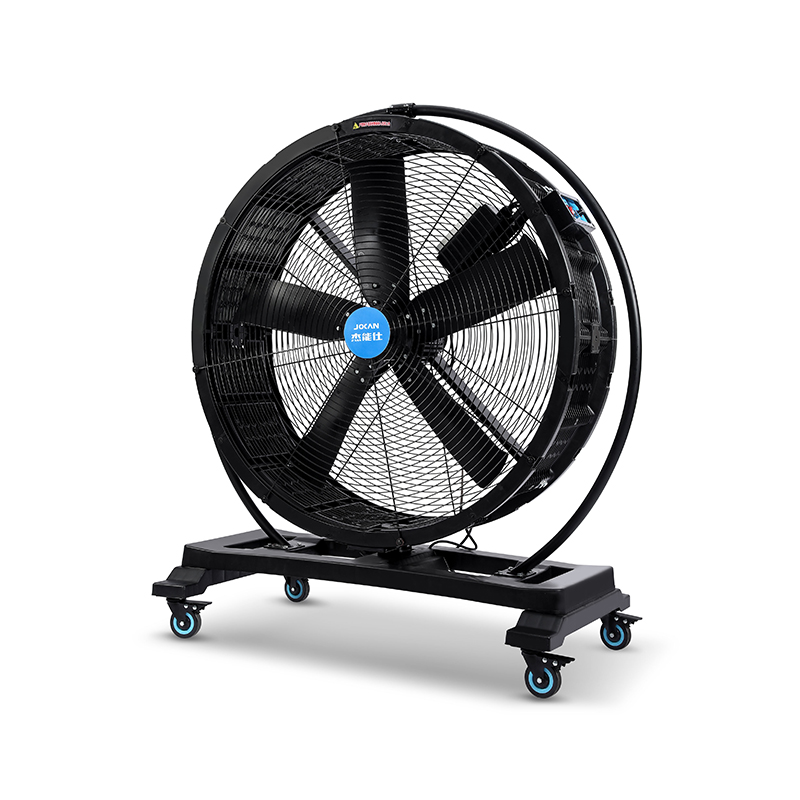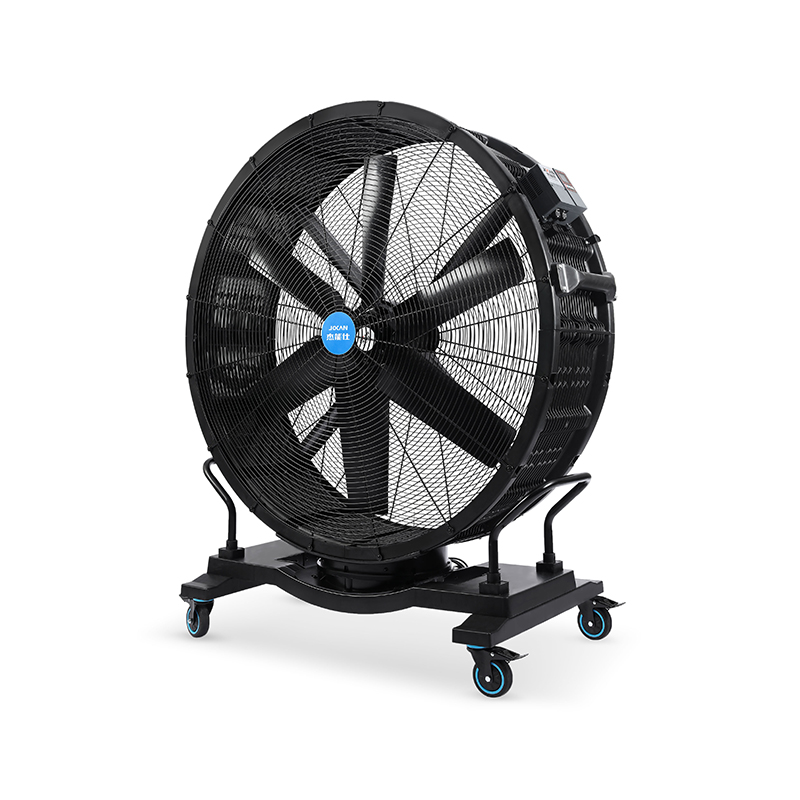Ventilation plays a crucial role in creating safe, comfortable, and efficient environments across various industrial and commercial settings. However, not every space shares the same ventilation needs. Challenges such as unusual building layouts, specific airflow requirements, or environmental factors often demand customized ventilation approaches. Addressing these unique challenges requires a thoughtful selection of equipment like AC duct fans, industrial directional fans, and high volume industrial ceiling fans, each suited to particular functions and settings.

AC duct fans have become a reliable choice for many applications where discreet yet effective air movement is necessary. Designed to fit within ductwork systems, these fans help transport air through ventilation channels while maintaining a compact profile. One key advantage is their ability to be integrated seamlessly into HVAC systems without requiring additional space, making them ideal for environments where preserving architectural aesthetics is important. Their electric motors run on alternating current, which simplifies installation in buildings with standard electrical infrastructure. When tailored to specific project needs, AC duct fans can be selected based on airflow volume, noise level, and energy efficiency, helping ensure that they meet the exact demands of a given ventilation challenge.
Moving beyond duct systems, industrial directional fans provide a more focused and powerful airflow solution. These fans are designed to push or pull air in a specific direction, making them well-suited for tasks such as spot cooling, exhausting fumes, or ventilating confined spaces. Industrial directional fans are often portable and adjustable, offering flexibility in diverse settings ranging from manufacturing floors to warehouses. Their robust construction allows them to withstand harsh environments, including those with dust, moisture, or temperature bads. By customizing fan size, motor power, and mounting options, these fans can be configured to tackle specialized ventilation problems that standard fans might struggle with. For instance, directing airflow to a particular workstation or clearing hazardous vapors in an enclosed area becomes more manageable with a well-chosen industrial directional fan.
In larger facilities where air circulation and temperature control present ongoing challenges, high volume industrial ceiling fans provide an effective solution. These fans are designed to move a significant volume of air over wide areas, improving overall ventilation and helping maintain consistent temperature levels. Unlike smaller fans that focus on localized airflow, high volume ceiling fans encourage gentle air movement that can reduce heat buildup, enhance comfort, and support the operation of heating or cooling systems. Their installation overhead keeps floorspace free, which is especially valuable in busy production areas or storage facilities. When selecting these fans, considerations include blade size, rotational speed, and motor efficiency, all of which can be matched to the scale and layout of the facility. Such customization ensures that air movement is optimized for the environment without creating disruptive drafts or noise.
The common thread among these ventilation devices is the need for a tailored approach. No single fan type can address all the varied demands that industrial or commercial spaces might present. By carefully evaluating factors such as airflow requirements, spatial constraints, environmental conditions, and intended use, it is possible to select and configure fans that respond directly to the challenges at hand. In practice, this often means combining different types of fans within a single system to achieve comprehensive ventilation coverage. For example, AC duct fans might manage general air exchange within HVAC ducts, while industrial directional fans handle targeted exhaust near machinery, and high volume ceiling fans promote overall air circulation across the facility.
Furthermore, recent advancements in fan technology and control systems have enhanced the ability to fine-tune ventilation solutions. Variable speed drives, smart controllers, and sensor integration allow fans to operate dynamically according to real-time conditions. This adaptability not only improves energy efficiency but also provides a better match between ventilation output and actual need. Such features are particularly valuable in environments with fluctuating occupancy, temperature, or pollutant levels.
In addition to technical specifications, installation and maintenance considerations influence the success of ventilation solutions. Fans must be accessible for regular servicing to maintain performance and extend service life. Tailoring the solution includes planning for ease of access, compatibility with existing systems, and compliance with safety regulations.
 Add: Plot 23, Huanglang Industrial Zone, Jinqing Town, Luqiao District, Taizhou City, Zhejiang Province
Add: Plot 23, Huanglang Industrial Zone, Jinqing Town, Luqiao District, Taizhou City, Zhejiang Province
 TEL: +86-13586083215
TEL: +86-13586083215

 English
English English
English عربى
عربى 한국어
한국어


